A kit for a modular SSB transceiver for the 20 meter Ham band. Pete Juliano N6QW design. More photos at mostlydiyrf.com/p3st.
Designed by Mostly DIY RF in United States of America
This product is no longer available for sale.
The seller may be offering an improved version or it may be hanging out on the beach, enjoying the retired life.
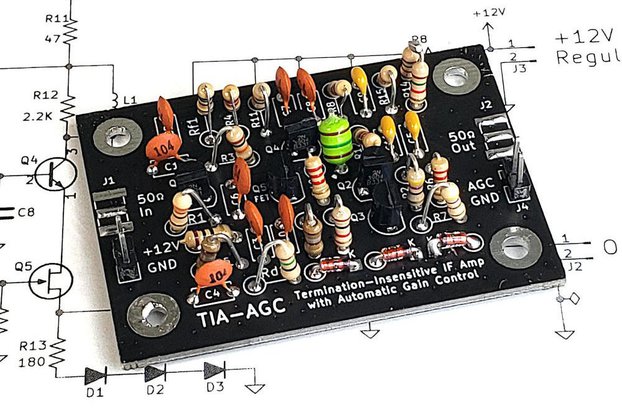
$9.95
Free Shipping!
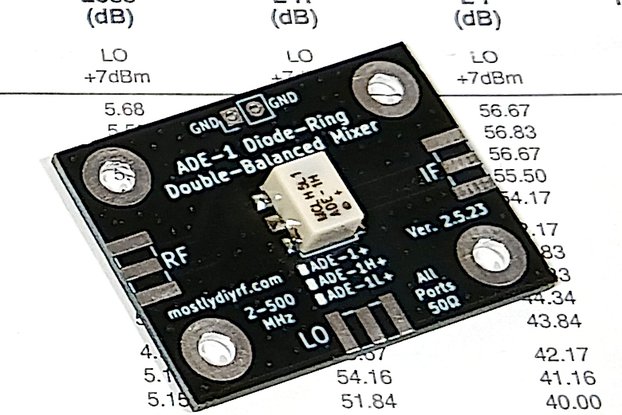
$14.95
Free Shipping!
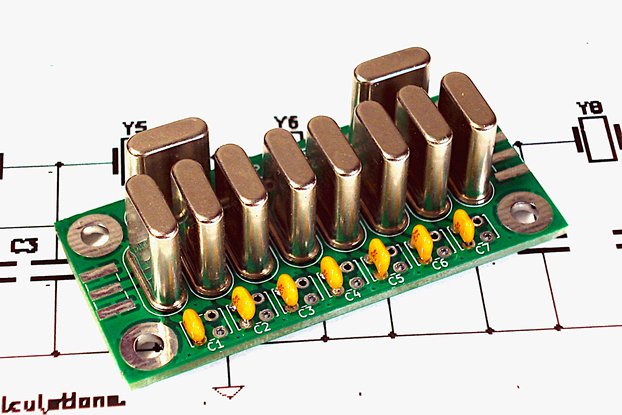
$24.95
Free Shipping!
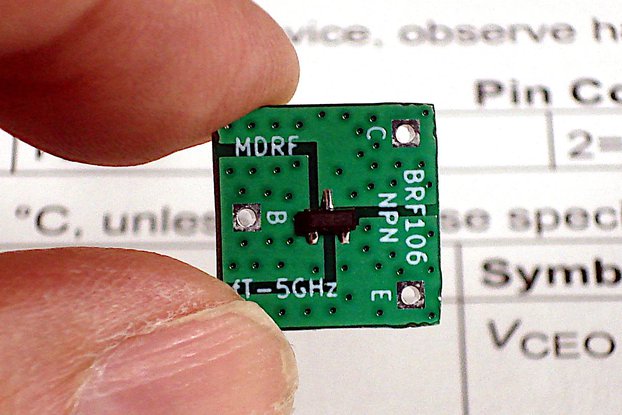
$6.95
Free Shipping!
This is a special listing for a single full kit available for shipment immediately with no delays. The listing is intended for readers of the MDRF Update newsletter who wish to purchase this one-time…
Read More…This is a special listing for a single full kit available for shipment immediately with no delays. The listing is intended for readers of the MDRF Update newsletter who wish to purchase this one-time offer.
The kit does not include an enclosure, but it does include a 16x2 LCD display, a rotary tuning encoder, and potentiometers for the mic and audio levels. The digital VFO/BFO module makes the I2C and SPI bus ports available for various displays (LCD, TFT, OLED) and for rotary-encoder input. The digital VFO/BFO comes pre-programmed with code for the included LCD/encoder combo. Buyers who wish to use other types of display or control devices are of course free to reprogram the VFO/BFO accordingly or to modify existing code. The Seeed Studios Xiao MCU is programmable either in Arduino C/C++ or in MicroPython. MDRF is able to provide only limited help in doing so. For those not fond of winding toroid inductors and transformers, an optional set of all seven toroids is available pre-wound.
For those who are interested in building the P3ST, here is a caution: This is not a project for beginners. If you’ve have some experience in building radio projects before, you should do just fine building the P3ST. Additionally, some level of understanding of the various module-level functions (filters, amplifiers, and mixers) is also essential. Of course one benefit of the modular approach the P3ST kit takes is to reduce its electronic workings to their discrete functions–its “architecture”–as shown on the block diagram. Thus identified and highlighted, building the P3ST can also be a learning experience, even if you do need to know some things already. As Pete Juliano, N6QW, the designer of the P3ST likes to say, “When you know stuff you can do stuff.” The corollary of that is if you don’t know stuff you can’t do stuff.
Fortunately, we now have at our fingertips access to vast knowledge through the internet. There is also an online forum available on the MDRF website for questions and answers. There is also an ongoing forum available at https://groups.io/g/pssst-20/topics where you can search for previously-answered ones (new membership for this forum is closed). Both forums should be the go-to source for your inquiries. MDRF will not be able to provide anywhere near the level of support you can get from fellow builders on the forums. Pete N6QW will not be able to provide support at all except as he wishes to participate in the forum. Todd K7TFC will, of course, be a regular participant.

$9.95
Free Shipping!

$14.95
Free Shipping!

$24.95
Free Shipping!

$6.95
Free Shipping!
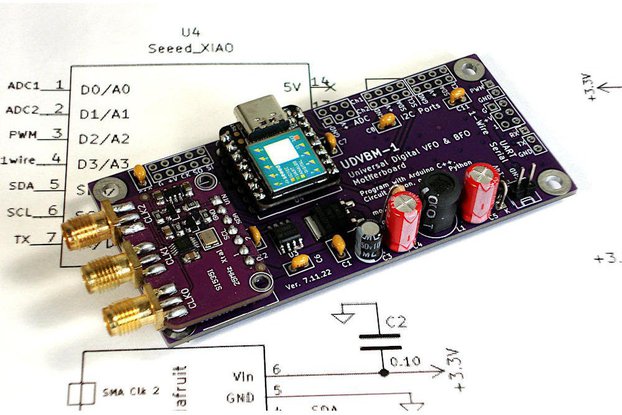
$14.95
Free Shipping!
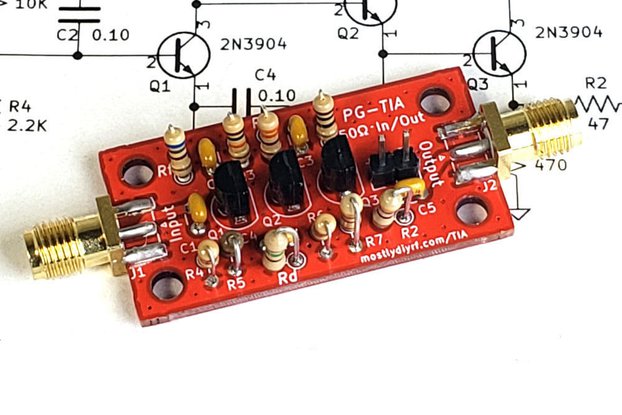
$4.95
Free Shipping!
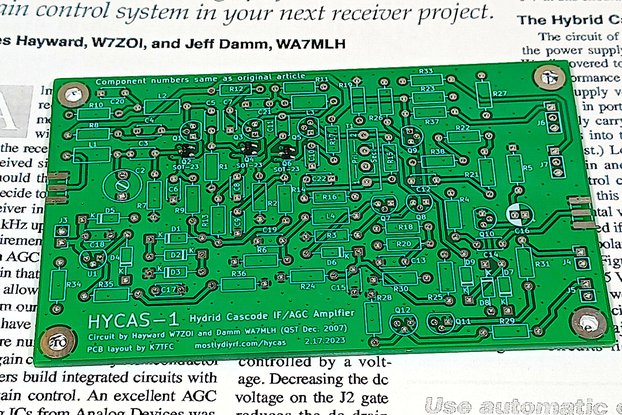
$19.95
Free Shipping!

$4.95
Free Shipping!
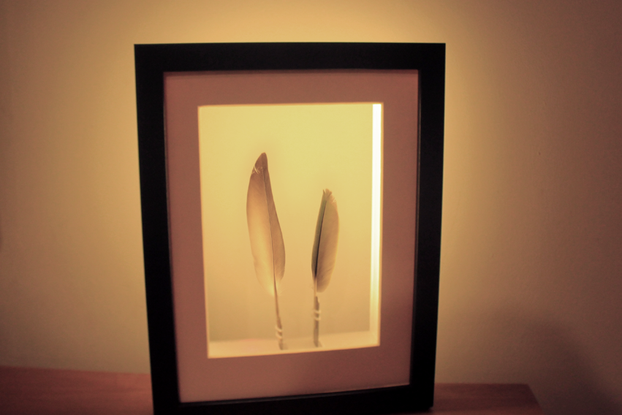
$16.50
Free Shipping!

$13.00
Free Shipping!
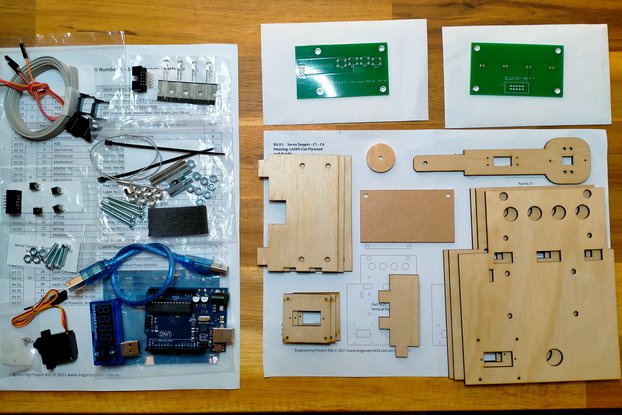
$181.39
Free Shipping!

$12.00
Free Shipping!
By clicking Register, you confirm that you accept our Terms & Conditions
We recognize our top users by making them a Tindarian. Tindarians have access to secret & unreleased features.
We look for the most active & best members of the Tindie community, and invite them to join. There isn't a selection process or form to fill out. The only way to become a Tindarian is by being a nice & active member of the Tindie community!
